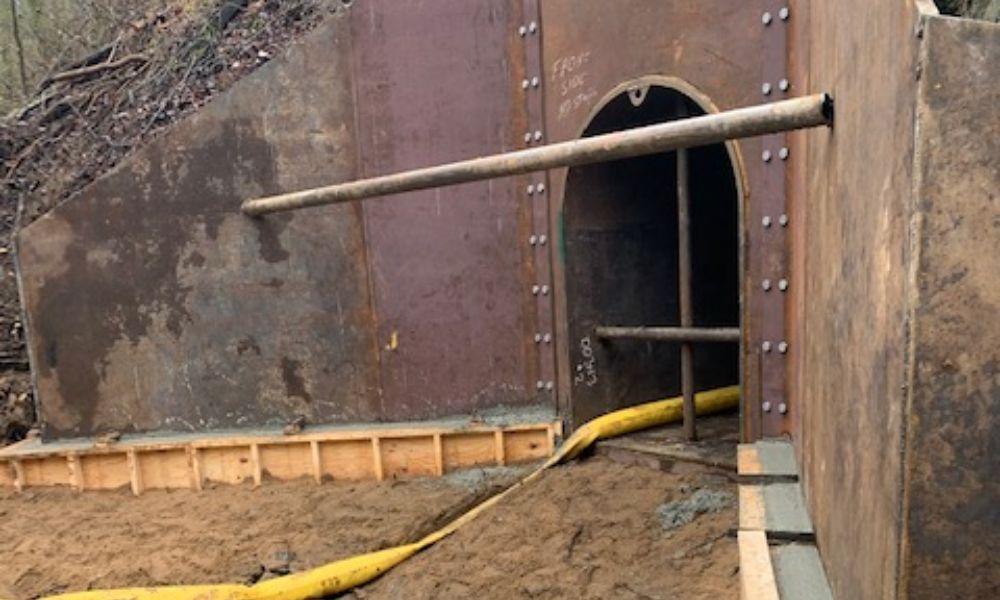Culverts are integral elements in a well-designed infrastructure system, providing essential drainage and water flow management. They allow water to pass under a road, railway, or similar obstruction. A crucial part of understanding culverts involves discerning the key differences between headwalls and wingwalls. These components play different roles in managing water flow and ensuring the stability of the structure.
Headwalls Are Where the Water Enters the Culvert
Headwalls, as the name suggests, are located at the inlet and outlet ends of a culvert. They serve as retaining walls that hold the surrounding earth in place, preventing soil erosion and supporting the road or railway above. The headwalls also direct water into the culvert, reducing the potential for water to bypass the culvert and cause damage to the surrounding area. Their design and strength are crucial to the overall performance and durability of the culvert system.
Wingwalls Extend at the Sides of Headwalls
Wingwalls are extensions that project from the sides of the headwalls. They guide the water into the culvert and help reduce soil erosion around the ends of the culvert. Wingwalls decrease turbulence and increase the efficiency of the water passage by directing the water flow. They are typically angled to guide the water smoothly into the culvert, thereby reducing the rate of erosion for surrounding embankments.
Both Headwalls and Wingwalls Help Regulate Flow
While headwalls and wingwalls have distinct functions, they both play pivotal roles in regulating water flow. The headwalls take the impact of sudden increases in flow, as in cases of torrential rainstorms, and guide the water into the culvert. Meanwhile, the wingwalls narrow the stream and direct it toward the headwall to ensure a smooth transition of water into the culvert, minimizing erosion and maintaining the integrity of the surrounding structure.
Not All Culverts Have Wingwalls
While headwalls are a standard feature in culvert design, not all culverts have wingwalls. The decision to include wingwalls depends on the volume and velocity of the expected water flow, the soil type, and the specifics of the site. In some cases, the added cost and complexity of wingwalls may not be justified by the potential benefits.
Understanding the key differences between headwalls and wingwalls informs culvert design and installation. While they perform different tasks, both components contribute to the efficient management of water flow and the structural integrity of the culvert. Culvert manufacturers like InfraSteel can provide superior culvert lining solutions that meet strict requirements, ensuring the longevity and reliability of your infrastructure projects.



Leave A Reply